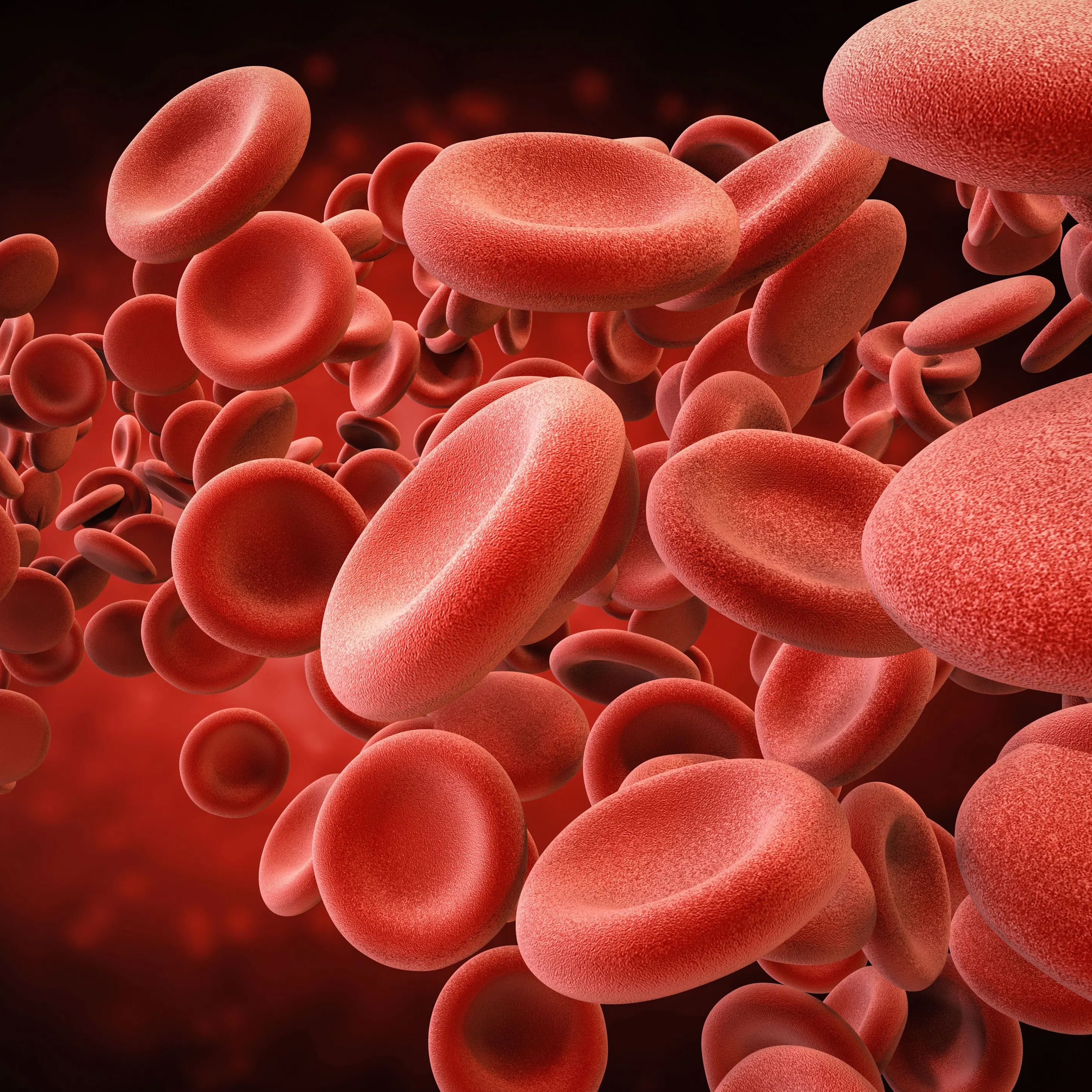Publication
Article
Cardiology Review® Online
An elderly man with atrial fibrillation and ischemic stroke risk
A 77-year-old man with atrial fibrillation of more than 10 years duration was admitted to the neurology department with left-sided hemiparesis and aphasia.
A 77-year-old man with atrial fibrillation of more than 10 years duration was admitted to the neurology department with left-sided hemiparesis and aphasia. Mag­netic resonance imaging showed an infarction in the capillary bed of the right middle cerebral artery. Transeso­phageal echocardiogram (TEE) showed a thrombus formation inside the left atrial appendage (LAA). The patient also had hypertension, peripheral artery disease, and coronary artery disease. He had undergone coronary artery bypass graft surgery 13 years earlier and percutaneous transluminal coronary angioplasty 2 years earlier.
At the time of admission, the patient was taking 100 mg of aspirin daily as a blood-thinning measure. Warfarin sodium (Coumadin) therapy had been terminated 4 years earlier because of severe gastrointestinal bleeding. The patient was also taking heparin sodium, which led to complete resolution of the thrombus formation inside the LAA cavity. To prevent further possible thrombi and subsequent cardioembolic events, the patient was referred to our facility for transcatheter LAA occlusion.
Angiography and TEE showed a multilobed LAA with an orifice diameter of 23 mm (Figure). A 32-mm percutaneous LAA transcatheter occlusion (PLAATO) device was implanted into the orifice of the LAA. After the expanded device showed a stable position and proximal and distal contrast injections confirmed good sealing quality of the LAA, the occluder was released. The final implant size shown in the angiogram was 28 mm. The time from venous groin access to removal of the transseptal sheath was 65 minutes; fluoroscopy time was 22 minutes. The patient was discharged from the hospital the next day. He received the designated medications, consisting of aspirin, clopidogrel (Plavix), and prophylaxis treatment for endocarditis. He completed the 1-, 6-, and 12-month follow-up examinations. Since the implantation of the PLAATO system, the patient has been doing well and has not experienced a cardioembolic stroke or a bleeding event.






